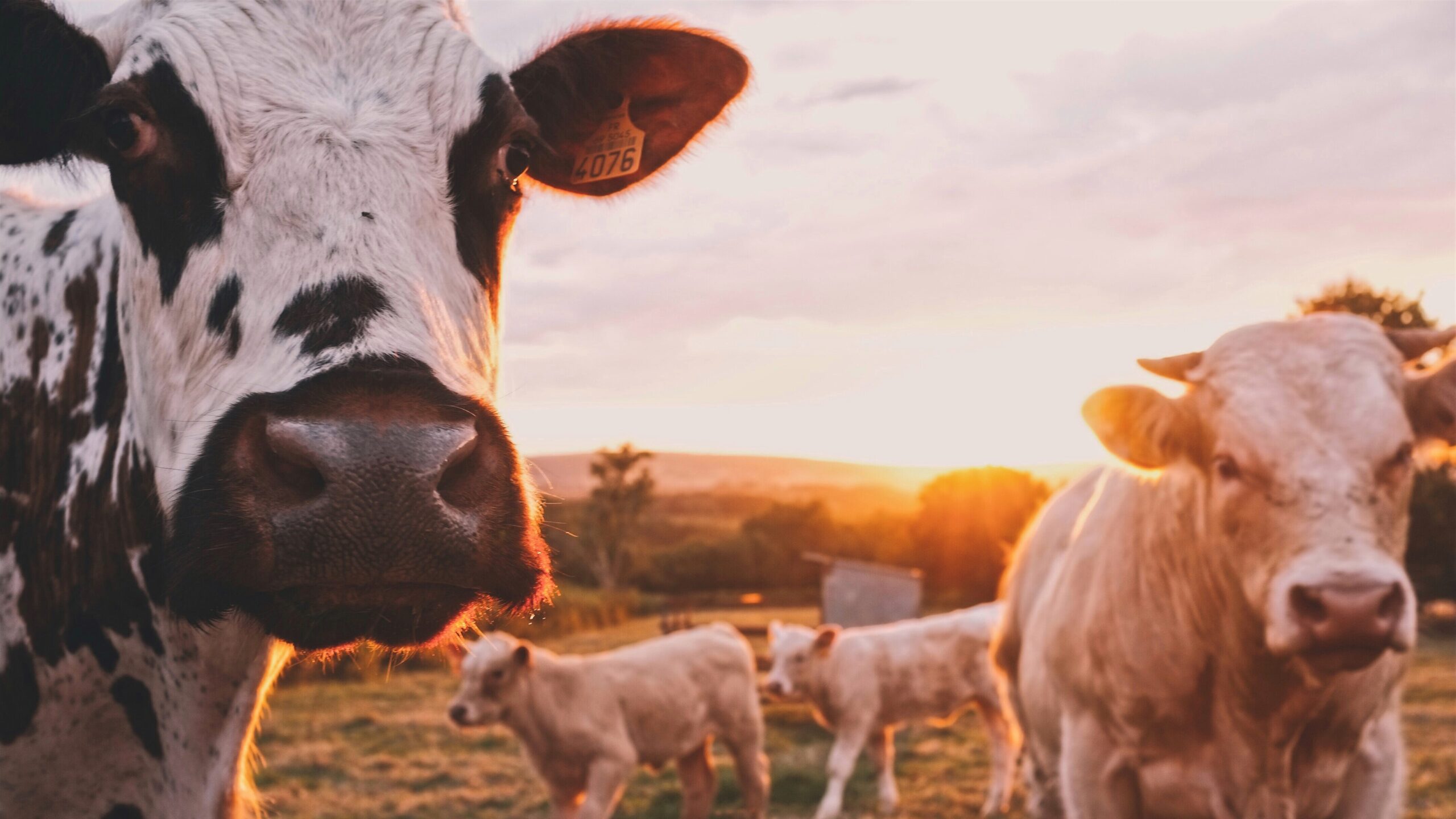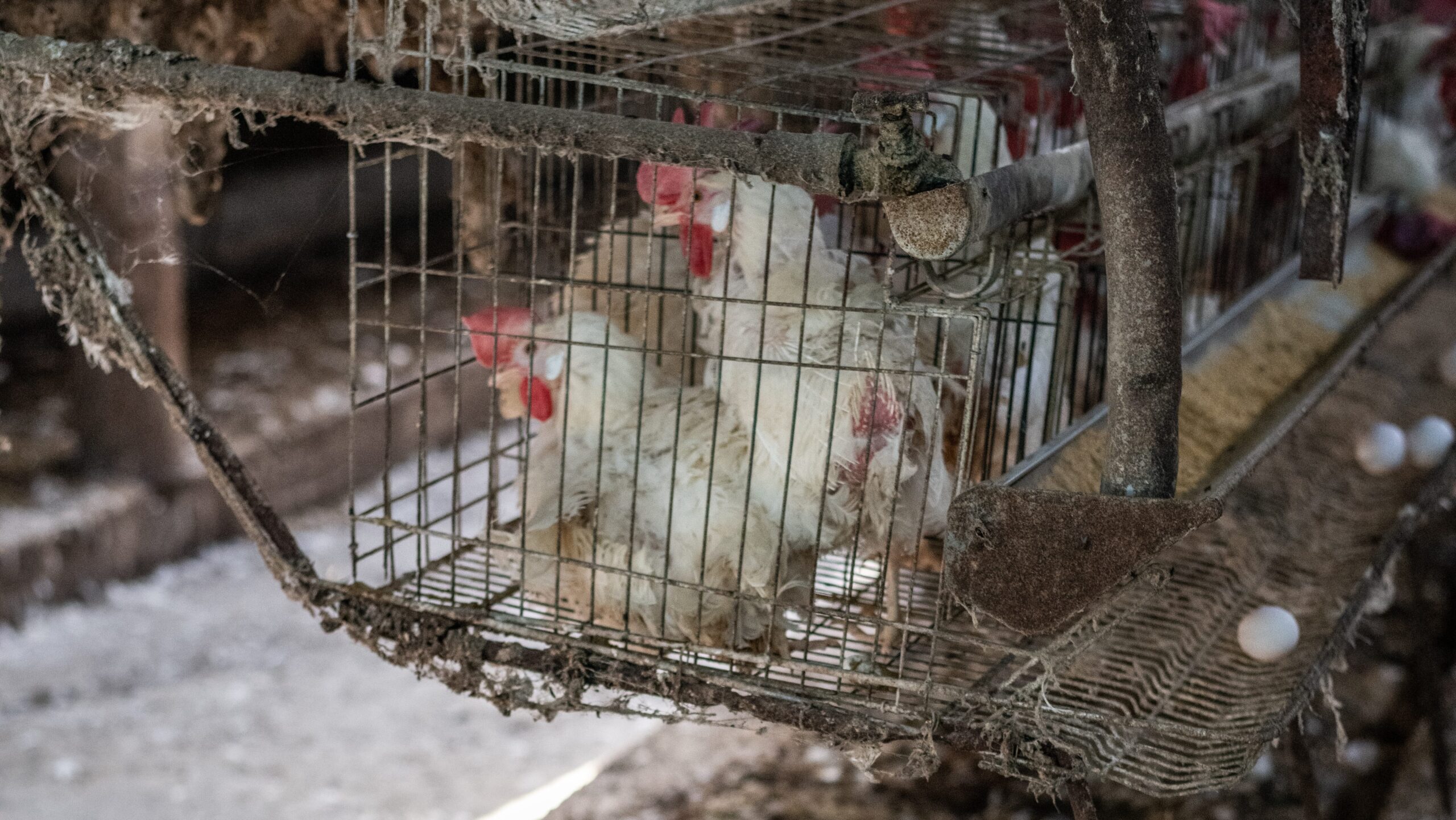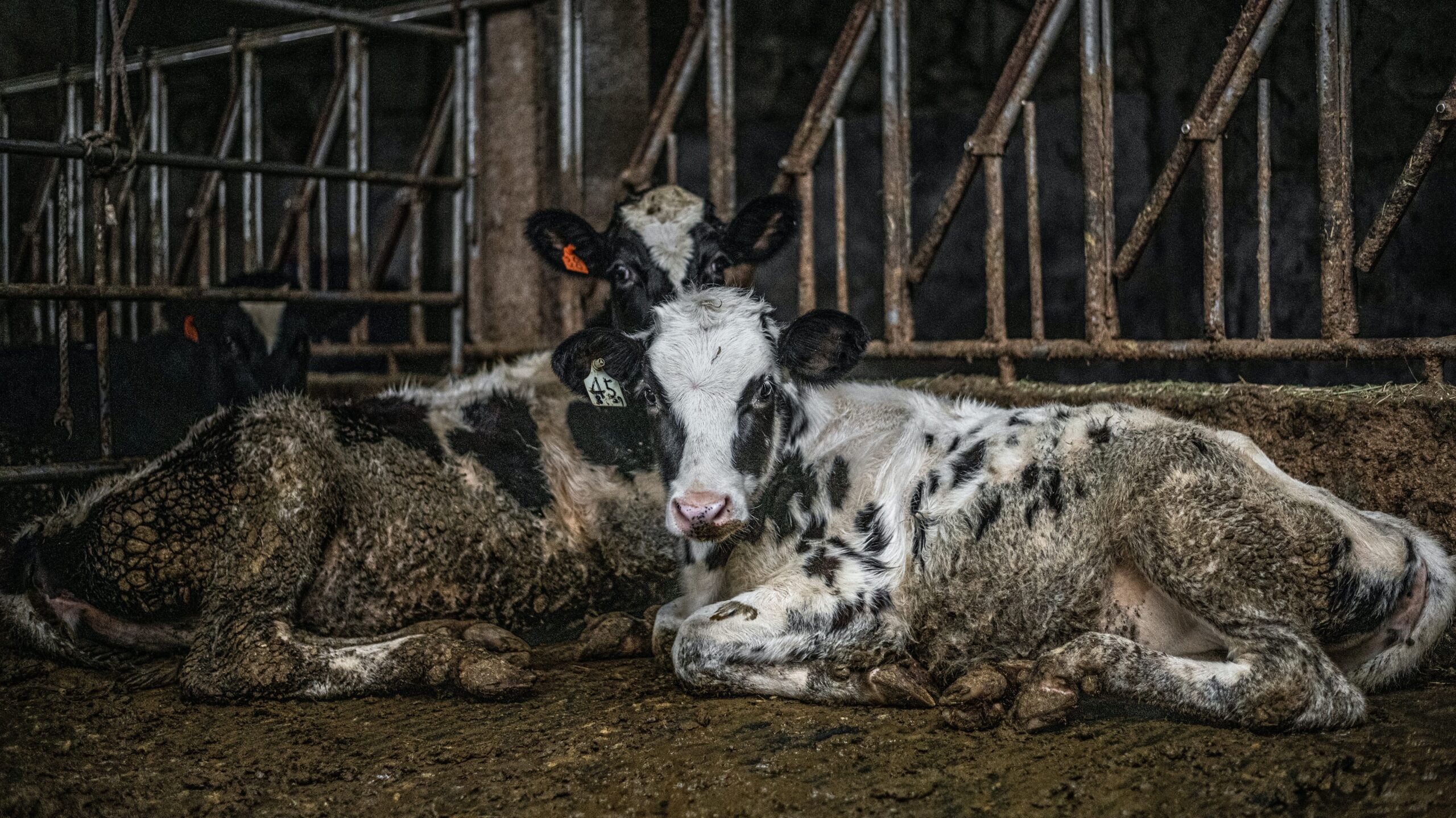News Team member Manju Karthikeyan discusses the science behind recent natural disasters and the role of future generations in fighting climate change in the face of political adversity.
Intensive Animal Production is Not Worth The Risk of Creating Epidemics
Zoonotic diseases and drug-resistant bacteria emerge from factory farming. Meat production needs to change.
By Sammy Ramacher
Humans began animal agriculture over 10,000 years ago. It was one of the most impactful inventions in human history; people were able to stay in one place instead of having to travel for hunting, which allowed them to build permanent structures and focus their energy on innovation. But this success did not come without consequences. The first major infectious diseases and viruses started to spread across human populations that had frequent contact with live animals, especially those who raised animals for food.
Currently, 70 percent of emerging epidemic diseases are zoonotic, meaning they are caused by a crossover of pathogens between human and animal species. This can occur in many different situations, including domestic and wild animal interactions, virus mutation among large groups of domestic animals, and foreign environmental pathogens spreading to domestic animals. Humans then interact with these infected animals, and the diseases “spill over” into the human population and wreak havoc. People don’t have the power to avoid all of these zoonotic origin circumstances, but there is one extremely dangerous situation that can be avoided: large-scale factory farming of livestock.

Factory-farmed livestock as a concept began with the primary purpose of generating a large profit for its owners. They consist of thousands of animals of the same species being raised for a single purpose (meat, eggs, or dairy), and every aspect of their lives are automated and controlled by the farm. Currently, more than 99 percent of animals raised for consumption in the US are raised in factory farms. Operators of these farms often use shortcuts in order to maximize their profits, without taking into account the possible consequences of these actions to human health in the long run. These methods can include using antibiotics to produce larger animals in a short time period, packing many animals into an insufficient amount of space, and putting in little effort to sanitize the environment for both employees and livestock. Well-being is often last on the list of priorities for factory farm owners. Unsurprisingly, these conditions are prime for harboring zoonotic diseases and spreading them to humans. In fact, ungulates, or hooved animals, are the host type with the highest percentage of zoonotic pathogen origin. Cattle, horses, and swine are common ungulate species that are raised in factory farms.
Factory-farmed animal agriculture is no longer worth its health risks as a method to sustain the human population. It acts as the ideal environment for zoonoses to form, helps them amplify and transfer to the human population, and makes them hard to treat due to antibiotic resistance. Because of this, it is necessary to shift away from intensive animal farming and find other ways to support human food consumption needs.
Humans are no strangers to the effects of zoonotic disease. COVID-19 is the first zoonotic disease that comes to mind when thinking about pandemics and massive global effects, although it originated from a market rather than factory farming. The COVID-19 associated deaths, fear, lockdowns, and economic turmoil evaded all parts of the world. It was a terrifying yet eye-opening example of an animal-borne virus transferring into the human population, and leaving it shaken as a result. Besides COVID-19, there are other impactful infectious diseases whose origins are in fact linked to animal agriculture practices: H1N1 Influenza, Swine-origin H1N1, H5N1, SARS-CoV, Influenza A, and SARS-CoV-2, to name a few.
H1N1 Influenza was the virus that caused the 1918 pandemic and was believed to originate from domesticated chickens. Influenza A came from wild water birds with cloaca infections, and the pathogen transmitted to livestock in a nearby farm. The pathogen developed a way to properly infect humans while spreading through the large population of livestock, and then transmitted to the farm workers. The swine-origin H1N1 virus, known commonly as the Swine Flu, transferred to the human population through multiple factory farm employees who were exposed to infected swine in 2009. Overcrowding and improper manure disposal are the believed causes of the initial swine infections and the subsequent amplification of the virus. Each of these epidemic cases are rooted in intensive animal agriculture.

The typical practices of factory farming create an ideal environment for livestock to fall ill, regardless of whether or not they interact with humans. One reason for this is the living conditions of the livestock, which are incredibly unsanitary and crowded. Many coops in factory farms are chronically full of animal feces, urine, and fleas, and the animals themselves are rarely, if ever, bathed.
Alice Hovorka, author of a 2022 Sustainability article on the implications of zoonotic disease transfer from factory farming, says, “Farmers don’t focus on waste management and sanitation measures because these things don’t contribute directly to profit, which is why their spaces are so unsanitary. This is also why their livestock pens are overcrowded. It’s easier for a farmer to cram more animals into one space than create a whole new space for them.”
Overcrowding threatens animal health in two distinct ways. First, the close proximity of animals causes severe stress among them, which lowers their immune system functioning and leaves them more susceptible to falling ill. Second, overcrowding limits animal mobility. In many factory-farmed chicken coops, the chickens are unable to move at all in their cages and perform their natural behaviors. They also are unable to move away from their own and others’ feces. For these reasons, overcrowding and limited sanitation contribute to higher animal illness rates among factory-farmed livestock.
In addition to practices within the farms, practices used to create the farms promote wildlife interactions that also lead to livestock illness. Factory farms require a lot of space, and in order to obtain it, farmers must encroach into wild habitats. This exposes the livestock to foreign pathogens both from wild animals and the new environment. For example, humans have caused the reemergence of bat rabies in Brazil by cutting down parts of the Amazon and industrializing the cleared areas. Similarly, outbreaks of disease in the Kyasanur Forest of India resulted from large cattle farms being built near the forest. These outbreaks could have been avoided had humans not disrupted the native species with large numbers of domestic animals, and given the pathogens opportunity to cross over.
Factory farms are structured in a way where pathogens are likely to “amplify” among the animals and gain the ability to transfer to humans. Farmers typically work with a small genetics pool for their livestock in order to maximize economic efficiency. Selective breeding created chickens called ‘broilers’ that grow quickly and disproportionately, so that they produce more meat that can be sold for more profit. This process creates a population of less genetically diverse chickens and leaves them more vulnerable to spreading disease amongst themselves, as shown in studies dating back to the 1950s.
Curt Lively is a biology professor at Indiana University Bloomington and author of a 2012 Heredity study examining how genetic variance impacts disease transmission. “Genetic variance is what prevents infection from working its way through a population,” he says. “The pathogen can’t reproduce and spread if some members of a population are genetically resistant to it, and simple math calculations prove that having a larger population increases the chances of some individuals having genetic resistance.”
Thus, as disease moves through more hosts, it has a higher chance of developing mutations that enable it to infect other species, such as humans. Because of this, a genetically similar, massive group of livestock are a dangerous vector for zoonotic diseases to develop and transfer to the human population.

Antibiotic use in factory farms enables zoonotic diseases to develop antibiotic resistance, which is already established as a looming public health crisis. This misuse of antibiotics began in the 1950s when farmers discovered that antibiotics helped livestock grow larger very quickly, and helped them live longer if they became sick. Up to 25 percent of cattle and 88 percent of swine receive antibiotics in their feed to prevent disease outbreaks and enhance growth. Many of these antibiotic types, such as tetracyclines and sulfonamides, are also used to treat disease in humans. When pathogens emerge in livestock, they are exposed to these antibiotics and can develop mutations to survive their attack. As a result, these pathogens evolve resistance to treatments that people could have used to fight them, and therefore become untreatable.
A transition away from industrial, large scale animal agriculture would certainly take time. It is ingrained in United States’ culture to consume meat and other animal products in almost every meal. “It’s going to be hard for us to change, because human nature makes us ignore future problems when we benefit from their cause,” says Hovorka. “And once there is finally enough of a disturbance for people to care, it’s often too late.”
But even though it will be difficult and take time, this cultural shift is still entirely possible, as long as the dangers of zoonotic disease are made urgent enough for people to react early. COVID-19 was a wake-up call to both world health experts and the public about what can happen with zoonotic diseases. And rates of zoonotic disease emergence are on the rise: Since the 1940s, the number of emerging infectious diseases has increased dramatically, and is expected to continue on this trend. This is why now more than ever it is imperative to focus on zoonotic disease prevention so that people can protect themselves before it is too late.
Luckily, a transition away from heavy meat consumption already seems to be underway. Veganism and vegetarianism are currently trending. People are gaining awareness of the long-term benefits of consuming less meat. This by itself will help reduce the demand for meat in the food industry, but going fully vegan is likely not the only way to avoid causing zoonosis pandemics.
Even simply reverting back to traditional farming styles will drastically change the trajectory of zoonosis development, and help people protect their communities. This would entail keeping smaller flocks of livestock, taking proper care of them, and avoiding unnecessary profit-boosting measures such as antibiotic use. The benefits of intensive animal farming are no longer worth the risks, regardless of how successful this farming style was at its invention.



